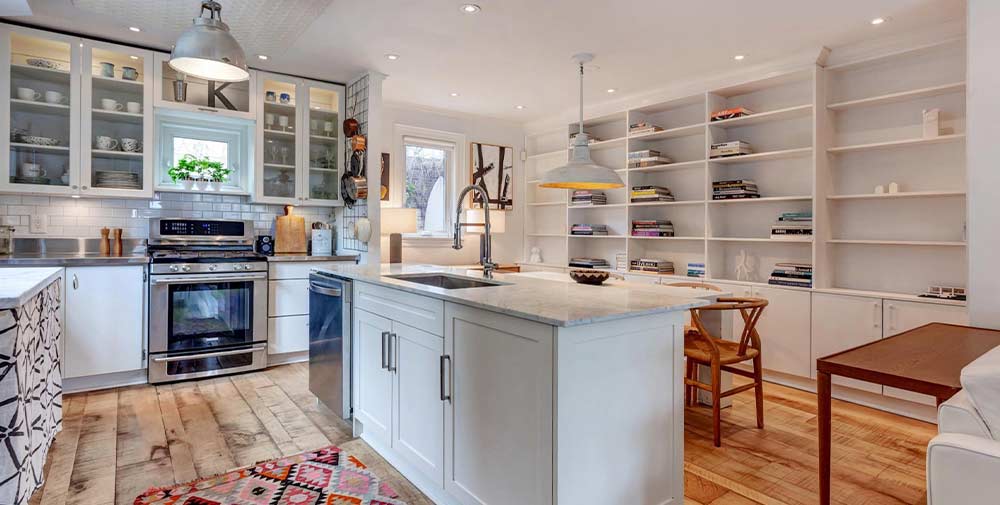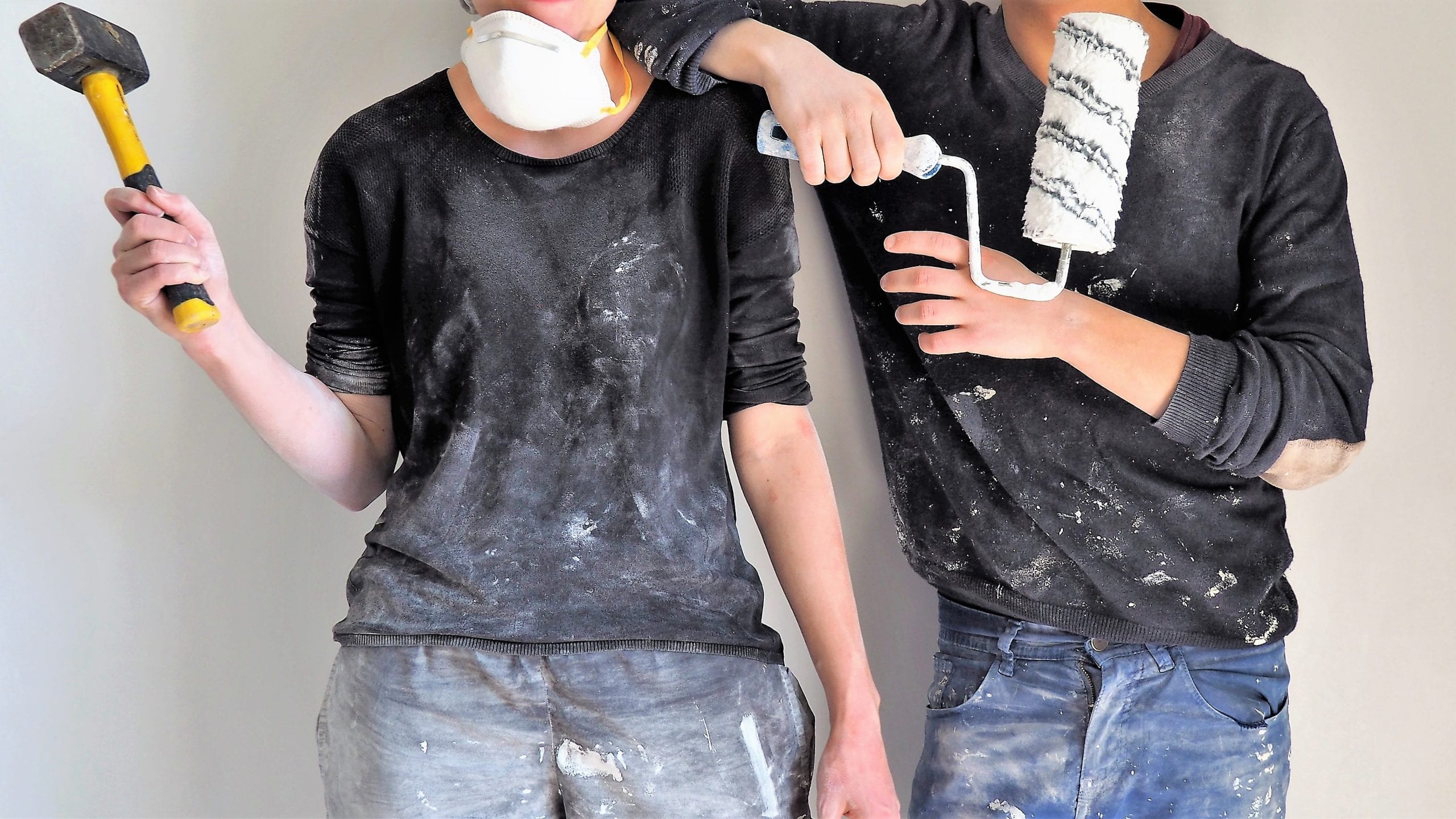Are you planning to eventually sell your home? If so, you should be aware that the improvements you make now could have an impact on the price you get later on…
In both my professional and personal life, I talk to a lot of homeowners. Some are head-over-heels in love with their living spaces. Others are eagerly counting down the days until they can leave their dingy kitchens or cramped bathrooms behind. But to tell you the truth, most people are somewhere in the middle. If your home is meeting your needs for now—but you know it won’t in a few years—you fall into this category.
Of course, just because you aren’t in your “forever home” doesn’t mean you can’t do some light repairs or remodelling work. The right upgrades can improve your quality of life for the time being—and boost your potential return when it comes time to sell. Here are five tips for doing just that.
1) Keep it consistent
Before you dive into any improvements, think about the big picture. You may find that one room needs more TLC than the others, but focusing all of your efforts on one area can leave your home looking more than a little bit off-kilter. I can tell you from experience: when buyers see a gorgeously-remodelled kitchen followed by a grungy or outdated bathroom, they’re far from impressed. As much as possible, the finishes in these all-important rooms should match. Likewise, if you redo your floors, try to make sure that on each level of your home, the flooring is consistent. At the very least, make sure it’s not different in every room!
2) Hold onto some height in the basement
When it comes to taller homeowners, basements aren’t always the most accommodating spaces. That’s too bad, because the height of the average Canadian is increasing—and buyers won’t purchase spaces they can’t comfortably use. Lowering your basement (by digging into the ground and having the walls extended downwards) is one way to add some extra inches, but there’s another alternative. If your ceilings are unfinished, leave them that way. Adding new drywall will only result in less vertical space. Of course, you don’t need to go this route if you already have high ceilings (7 feet is a good rule of thumb).
3) Update the wiring
Does your home contain knob and tube wiring? A lot of older buildings in Toronto do. And unfortunately, it can present a significant obstacle when it comes time to sell. Put simply, many buyers see it as a safety issue. While knob and tube wiring can be perfectly safe when it’s well maintained, perception matters. The good news is, you can cut off a major home-buyer objection at the pass by replacing your electrical wiring now. While you’re at it, survey your outlets. Many homes that have been around for a while don’t have enough of them, and you’ll want to have some new ones installed if that’s the case.
4) Don’t forgo curb appeal & landscaping
Beautifying your front yard and entranceway shouldn’t be an afterthought. While small details (like a new mailbox) can wait until you’re ready, it’s important to tackle the big issues as they arise. Replace your siding when necessary, and add a fresh coat of paint to your front door and trim as needed. Keep an eye on any dips, valleys, and unevenness in your lawn, as these problems tend to get worse over time. Flowers, shrubs, and hardscaping (such decorative rocks) can add visual interest to your yard, but planning for them adequately can take time—and, in most cases, the eye of a landscape professional. If you’re planning to sell your home down the line, now is the time to start thinking about the kind of first impression you want it to make.
5) Lighten up with the paint
If you’re thinking of adding a fresh coat of paint to your walls, do yourself a favour and skip the dark colours. Eggplant purple may be your favourite hue, but most potential buyers won’t love it quite as much as you do. Neutrals tend to be most universally attractive, and shades of white (including warm versions, like cream) are almost always a safe bet. If you still want to opt for an attention-grabbing colour, just remember that you’ll probably be spending some extra money to have your home repainted before you put it on the market.
From purchasing window coverings to installing modern light fixtures, there’s no shortage of steps you can take to spruce up your home when it comes time to sell. Just don’t underestimate the importance of getting a head start. Making the right improvements early on can help you get greater enjoyment from your home in the years to come—and a better when you sell.
Thinking of selling your home sooner rather than later? I can help! Reach out to learn more about the home preparation and selling process.





